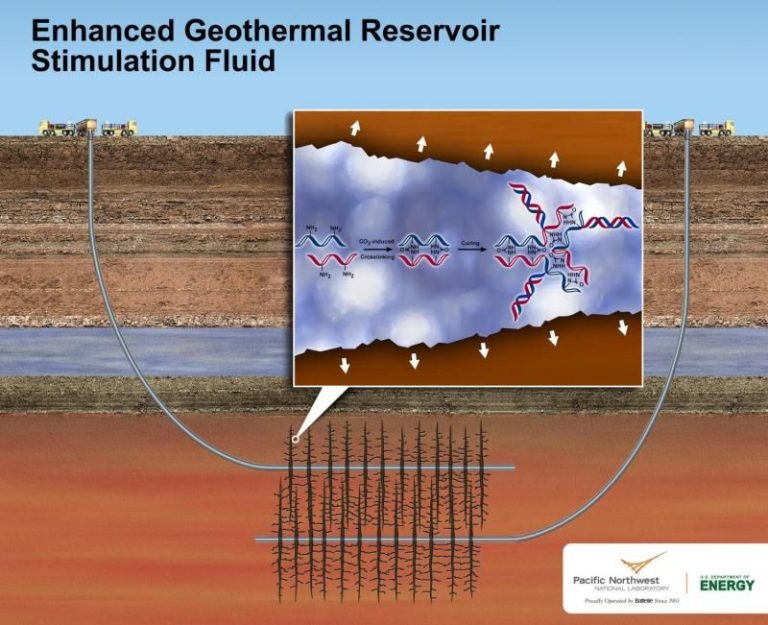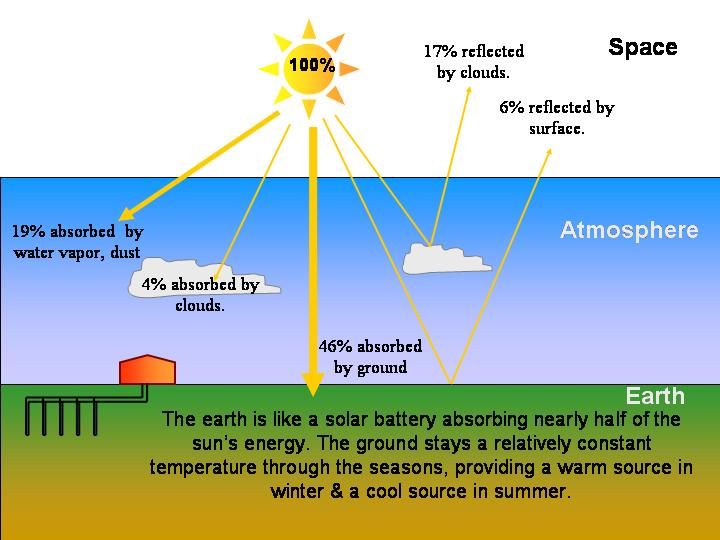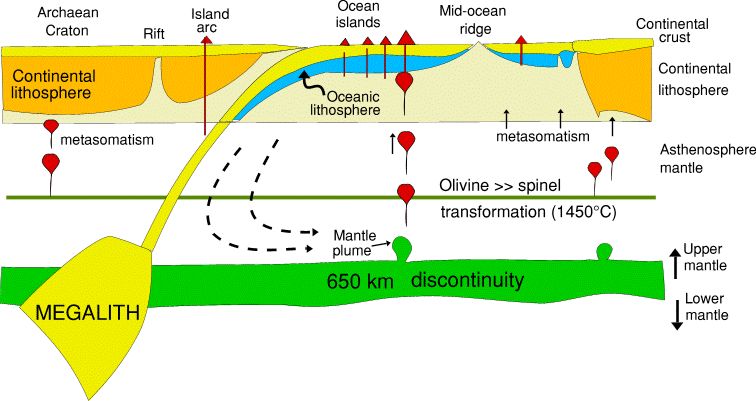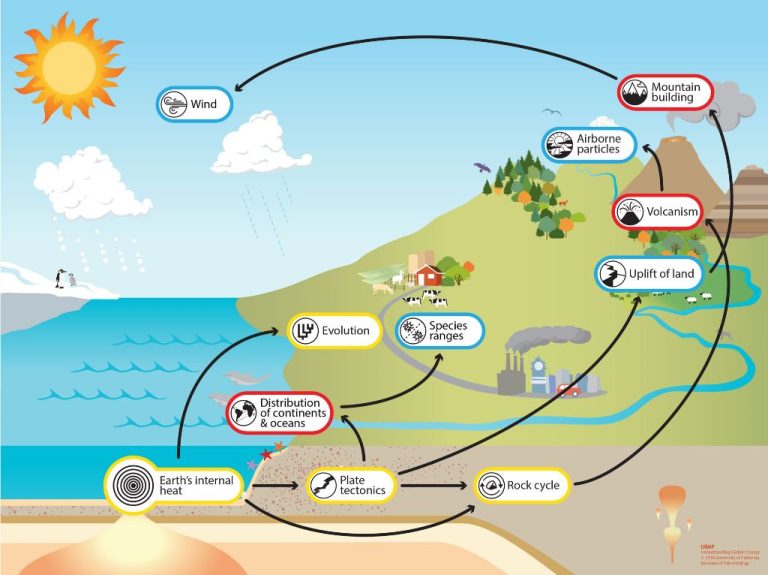What Is The Total Geothermal Capacity Of India?
Geothermal energy is an important renewable energy source that utilizes the heat within the Earth to generate clean electricity and provide heating and cooling. The geothermal energy available worldwide amounts to 42 million megawatts, which is an enormous amount compared to current global energy consumption. Geothermal power plants tap into underground reservoirs of hot water to produce steam that drives a turbine and generates electricity. The steam can also be used directly for heating applications. Geothermal energy has a number of advantages: it is sustainable, renewable, produces minimal emissions, and provides reliable baseload power.
India has significant potential for geothermal power, given the country’s many hot springs and volcanically/tectonically active regions. However, geothermal energy is vastly underutilized in India compared to other renewables like solar and wind. Developing geothermal energy can help India meet its rising energy demands in a clean and sustainable manner. This article will examine the current status and future prospects of geothermal energy in India.
What is Geothermal Energy?
Geothermal energy is heat derived from the earth. The word “geothermal” comes from the Greek words geo (earth) and therme (heat) (EIA). It is a renewable energy source that utilizes the heat generated in the earth’s core to produce electricity and provide heating and cooling.
The earth’s core is essentially a giant heat engine fueled by radioactive decay and residual heat from the planet’s formation. This heat manifests itself in the form of hot springs, geysers, and hydrothermal resources. Geothermal energy harnesses this heat energy to generate electricity, usually by pumping hot water or steam from underground reservoirs to drive turbines connected to electrical generators (TWI).
In addition to electricity generation, geothermal energy can be used directly for heating homes, commercial spaces, and industrial processes. Geothermal heat pumps can tap into shallow ground or water temperatures to provide space heating and cooling.
Geothermal Energy Potential in India
India has significant potential for geothermal energy, with estimates of around 10,600 MW of geothermal power capacity. The high geothermal potential regions in India are located along the tectonically active Himalayan belt, especially in the states of Jammu and Kashmir, Himachal Pradesh, Uttarakhand, Sikkim and Arunachal Pradesh. Other areas with geothermal potential include the West Coast and regions of Gujarat, Maharashtra and the Andaman and Nicobar Islands.
According to the Ministry of New & Renewable Energy Government of India, there are nearly 340 hot springs sites in India with temperatures ranging from 35 to 100 degrees Celsius that can be harnessed for power generation. Key locations include Puga Valley and Chhumathang in Jammu & Kashmir, Surajkund in Himachal Pradesh, Tapovan in Uttarakhand, Manikaran in Haryana and Tattapani in Chhattisgarh. Estimated geothermal power potential from these sites ranges from 1,000 to 2,000 MW.
Studies by experts estimate India’s geothermal capacity potential between 2,600 MW to 6,000 MW if only 10% of its geothermal resources are tapped. With further exploration and development of geothermal sites, the installed capacity in India could reach over 10,000 MW according to some projections.
Overall, India’s geothermal potential remains largely untapped currently, but holds promise as a clean, renewable and reliable energy source if harnessed effectively.
Current Installed Geothermal Capacity
According to Statista, India’s total installed geothermal capacity was about 145 MW as of 2022 [1]. This ranks India 19th globally in terms of installed geothermal capacity.
The vast majority of India’s current geothermal capacity is located in the state of Chhattisgarh. The Tattapani geothermal field in Chhattisgarh has an installed capacity of 105 MW [1]. Other states with geothermal plants include Maharashtra (20 MW), Gujarat (10 MW), and Jammu & Kashmir (10 MW) [1].
While 145 MW is a relatively small amount of geothermal capacity compared to global leaders like the USA and Indonesia, India has significant potential to expand its geothermal energy production in the coming years.
Major Geothermal Plants in India
Some of the major geothermal power plants in India are:
-
Tattapani Geothermal Power Plant – Located in Tattapani hot springs area in Chhattisgarh. It has an installed capacity of 25 MW and was commissioned in 1987. It is owned and operated by NTPC Limited.
-
Puga Geothermal Power Plant – Situated in Puga Valley of Ladakh region in Jammu & Kashmir. It has an installed capacity of 3 MW and was opened in 1987. It is owned and operated by the Jammu and Kashmir Power Development Corporation.
-
Manikaran Geothermal Power Plant – Located in Kullu district of Himachal Pradesh. It has an installed capacity of 1 MW and was commissioned in 2000. It is owned and operated by NTPC Limited.
-
Surajkund Geothermal Power Plant – Situated in Jharkhand near the hot springs of Surajkund. It has an installed capacity of 0.6 MW and was opened in 2003. It is owned by NTPC Limited.
These four plants represent the total current geothermal power generation capacity in India, which stands at around 30 MW.
Geothermal Power Generation
Geothermal power plants use the heat from geothermal reservoirs located in the earth’s crust to generate electricity. There are three types of geothermal power plants:
1. Dry steam plants: These use steam directly from a geothermal reservoir to turn turbine generators and produce electricity. The first geothermal power plant built in 1904 at Larderello in Italy was a dry steam plant.
2. Flash steam plants: These use hot water above 182°C from geothermal reservoirs that is sprayed into a tank held at a much lower pressure, causing the water to convert into steam to drive turbine generators. Flash steam plants are the most common type of geothermal power plants.
3. Binary cycle power plants: These use hot water between 107-182°C from geothermal reservoirs to heat a secondary fluid with a lower boiling point than water. The vapor from this secondary fluid drives the turbines. Binary cycle plants emit very few greenhouse gases.
The energy potential of a geothermal reservoir can be estimated using the following formula:
E = McpΔT
Where E is energy content (Joules), M is the mass of extractable hot rock (kg), cp is the specific heat capacity of the rock (J/kg.K), and ΔT is the temperature drop during heat extraction (K). This shows that larger temperature gradients and greater volumes of hot rock can produce more geothermal power.
Source: https://pdfslide.net/documents/4eee-09-10-1-sem.html
Challenges for Geothermal in India
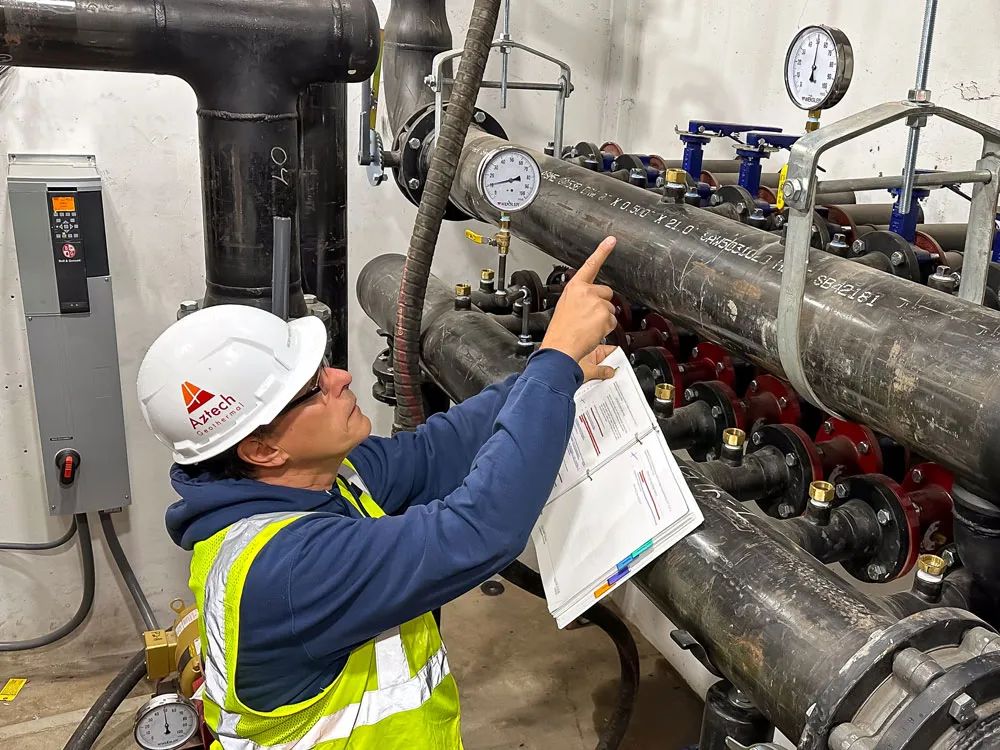
Despite having significant geothermal potential, India faces several challenges in developing this resource. According to a 2022 study published in ScienceDirect, major barriers include lack of awareness, policy limitations, high upfront costs, and environmental concerns.
Most people in India are unaware of geothermal technology and its benefits. There is limited government promotion and outreach to spread information. The geothermal policy framework also needs strengthening to attract investment. Currently, geothermal is not included under India’s renewable purchase obligations which specify minimum renewable energy capacity utilities must have.
The high upfront capital costs for exploratory drilling and building geothermal plants deters investment. Loans and incentives are currently inadequate. There are also concerns over negative environmental impacts like land subsidence, seismic activity, and water contamination. Further research is required to develop suitable safeguards.
According to a 2023 FairPlanet article, experts recommend the government conduct more surveys to identify potential sites, offer targeted subsidies, and highlight geothermal’s green benefits to boost adoption.
Government Policy
The Indian government recognizes the potential for geothermal energy to contribute to the country’s renewable energy goals and has taken steps to support the development of geothermal resources. In 2008, the Ministry of New and Renewable Energy (MNRE) released India’s first National Geothermal Energy Policy to establish a regulatory framework and incentives for geothermal power generation. Some key elements of the policy include:
Geothermal reserves to be owned by the Union Government and leased to developers through competitive bidding. Royalties to be paid to the government on geothermal power generation.https://policy.asiapacificenergy.org/node/2657
Financial incentives like tax breaks, subsidies and grants to be provided to attract investment in geothermal exploration and development. Risk coverage to be provided during initial stages of surveys and drilling.https://ksandk.com/energy/geothermal-energy-regulations-in-india-green-energy-future/
Single window clearance mechanism to expedite geothermal project approvals and streamline licensing procedures.
The policy aims to achieve installed geothermal capacity of 10,000 MW by 2030. However, progress has been slow due to limited surveys of geothermal resources and high upfront costs of development. The government has taken steps like permitting 100% FDI in geothermal and establishing geothermal exploration data centers to improve development.https://energy.economictimes.indiatimes.com/news/renewable/net-zero-harnessing-indias-geothermal-potential/105523856
Future Outlook
India has set ambitious targets for increasing geothermal capacity in the coming years. As per India’s Nationally Determined Contribution (NDC) under the Paris Agreement, the country aims to achieve 10 GW of installed geothermal power capacity by 2030.[1] This is a huge leap from the current capacity of less than 50 MW.
The government has identified nearly 350 geothermal hotspots that can support electricity generation and direct heat applications.[2] Several surveys by the Geological Survey of India have also found promising geothermal resources in seven geothermal provinces.
Studies estimate India’s geothermal power potential to be about 10,600 MW.[3] However, only less than 1% has been tapped until now. With the right policies and investments in place, India could unlock its vast geothermal potential and integrate substantial geothermal capacity into its renewable energy mix.
Conclusion
In summary, India has significant potential for geothermal power generation, given the many hot springs and geothermal resources in regions such as Maharashtra, Chhattisgarh, Odisha, and the Himalayas. However, the current installed geothermal capacity in India is relatively small at just around 10 MW, with a handful of geothermal plants located mainly in Chhattisgarh and Maharashtra.
While geothermal energy offers many benefits as a clean, renewable baseload power source, India faces challenges to fully harness this potential, including high upfront costs, technical expertise needs, and geographical remoteness of many resources. The government has announced policies and initiatives to promote geothermal development, but greater investment and strategic planning will be required for major capacity growth. The future outlook points to moderate geothermal expansion in India, but it is not expected to play a very large role in the renewable energy mix compared to other sources like solar and wind in the coming years.

